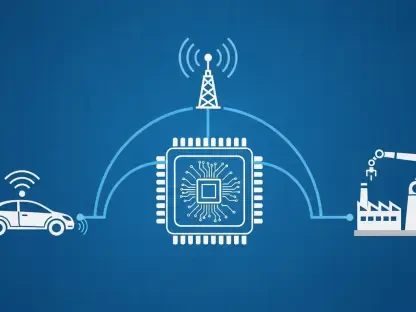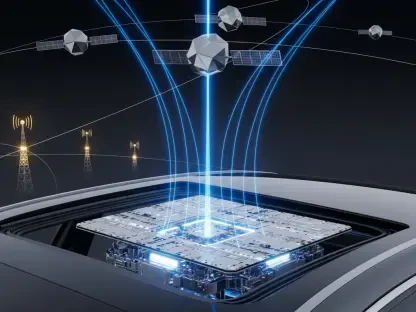The telecommunications sector has long been at the forefront of technological innovation, striving for efficiency and reliability. Google recently took this ambition to unprecedented heights by upgrading its extensive 2 million-mile fiber network to Level 5 autonomous operation. This upgrade aims to have AI agents run the network without any human intervention, promising exponential scalability, unparalleled reliability, and groundbreaking digital twin technology. Spearheaded by Muninder Sambi, Google Cloud’s VP and GM for Network and Security, this venture could well set a new benchmark in the industry.
Key Innovations in Google’s Autonomous Network
One of the flagship features of this autonomous network is its digital twin copy, designed to replicate the entire network infrastructure digitally. This innovation allows for the simulation of various scenarios and swift identification of potential issues before they affect the user experience. Such foresight and proactive measures are likely to become a cornerstone in network management, reducing downtime and enhancing predictive analytics.
In addition, Google’s network will rely heavily on Protect and Re-route (PRR) technology set to replace traditional MPLS and segment routing methods. The PRR technology promises unparalleled redundancy by dynamically rerouting traffic when issues are detected. Thus, Google’s network would ensure continuous service availability, minimizing the impact of outages which can be detrimental to service providers and users alike.
The underlying AI agents in Google’s Level 5 autonomous network play a crucial role. These agents manage everything from capacity planning to root cause analysis autonomously. By leveraging machine learning algorithms, they can make informed decisions rapidly, ensuring efficient operation under varying conditions. These AI agents enable the detection of anomalies and coordinate immediate corrective actions, thereby increasing the network’s reliability and performance.
Implications for Telecom Industry
The move from Level 4 to Level 5 autonomy signifies Google’s intent to achieve full automation, a step beyond the industry standard of minimal human intervention. This shift is not just about technology; it’s about redefining how telecom networks are managed. Traditional network management involves considerable human oversight, but Google’s approach eliminates human error, enhancing operational efficiency and user experience.
Moreover, Google’s initiative emphasizes programmability and shard architecture. Every component of the network is programmable and divided into slices, or shards. This configuration allows AI agents to reroute traffic efficiently through alternative slices during disruptions, ensuring the continuous operation of the network.
The implications for the broader telecom industry are manifold. Firstly, there can be a significant reduction in operational costs associated with human staffing and error correction. Secondly, the enhanced reliability and scalability offered by a fully autonomous network ensure stable service delivery even under high-demand conditions. Thirdly, by diversifying vendors across network slices, the risk of widespread outages is minimized, leading to a more robust system.
Future Considerations and Next Steps
By embedding AI extensively into network operations, Google is setting the stage for a new era in telecommunications where human involvement is minimal, ensuring not only superior performance but also fostering advancements that could drive the entire industry forward.









